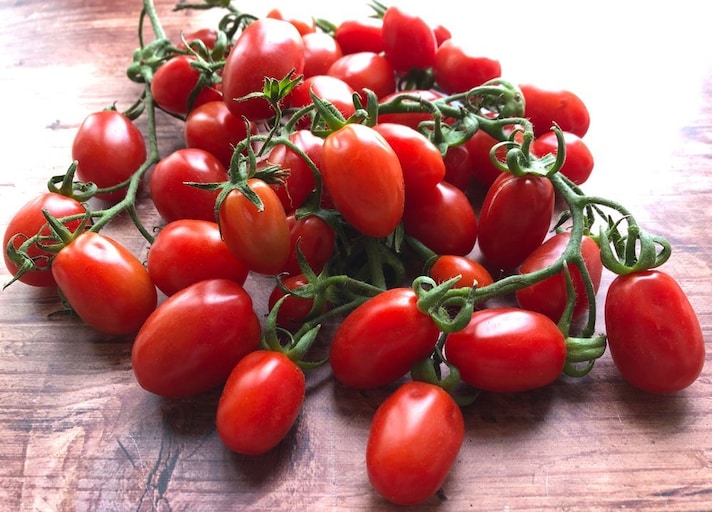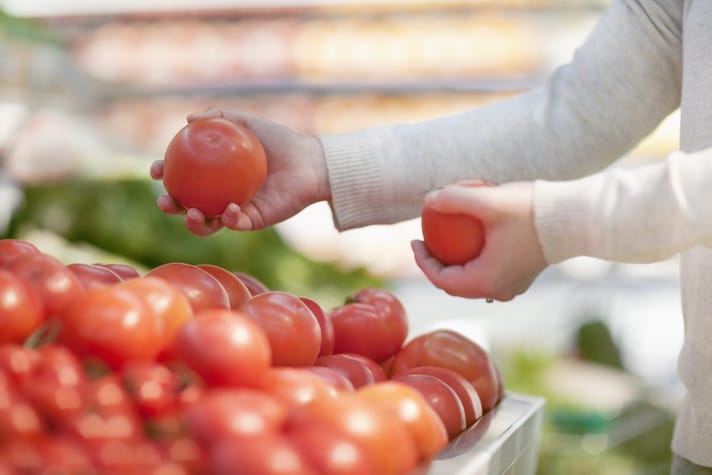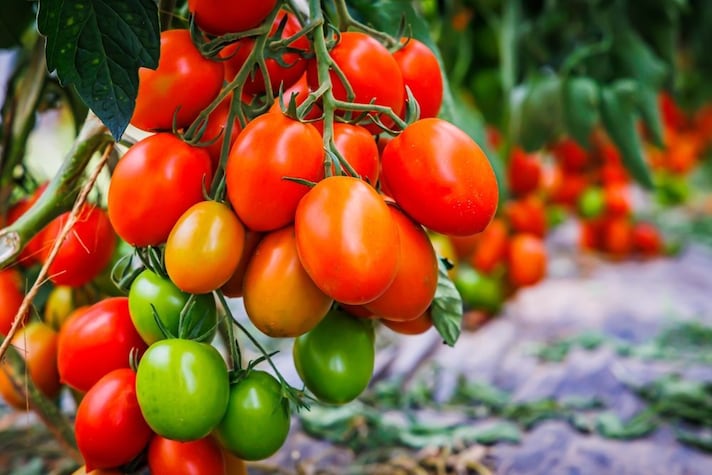
Tomatoes are one of the most loved and versatile ingredients in the kitchen, the protagonists of many recipes ranging from fresh salads to rich and full-bodied sauces. We eat them in the summer (when most are in season), but now we are used to having them available in their different types all year round, whether they are bunches, oxheart, San Marzano or the smaller pachino. Tomatoes are one of the symbols of the Mediterranean diet (even if they arrived in Europe only after the discovery of America and were initially even considered poisonous), rich in properties, such as vitamins and lycopene, but more and more often at the time of purchase some doubts arise about their quality: why do they taste of nothing? Or, why do they rot in a very short time? And again: what is the origin of the floury (and annoying) consistency? Questions that arise especially when faced with products from large-scale distribution and far from the places of choice for this vegetable. Below are answers to 8 of the most common questions.
1. Why Do Tomatoes Taste Like Nothing?
It happens especially when you buy those from the grocery store, but also from the greengrocer in the cities and large centers: the flavor of tomatoes is practically non-existent. This is mainly due to the market's need to have this fruit 365 days a year, thus favoring greenhouse cultivation, disease resistance and the attractive appearance of a beautiful bright red color, all creating hybrids with more profitable characteristics at the expense of flavor. To aspire to tastier tomatoes, look for locally grown and seasonal varieties, such as those sold at farmers' markets. In winter, the types to focus on are camone and costoluto, typical of the period.

2. Why Do Tomatoes Rot in One Day?
The causes can be many and varied, but they mostly depend on incorrect conservation that may have been done during storage, and therefore not at fault on the part of the buyer. For example, if tomatoes have been exposed to excessive humidity or heat before arriving on the shelves, they can deteriorate quickly even if they appear to be in good condition.
3. How to Choose Ripe Tomatoes at The Supermarket?
Start by looking at the color: tomatoes should have a uniform and bright shade, such as a deep red, unless they are varieties with other colors. Touch the tomatoes gently, they should feel slightly soft, not too hard and not soft. Rub gently and smell near the point where the stem attaches: a good fruit gives off a sweet and aromatic scent. Finally, check the stem itself, if present; it should be green, firm and not dry.

4. Why Do Tomatoes Have a Floury Texture?
Like watermelon, tomatoes, which are made up of a large amount of water, can also reserve this surprise, usually not very pleasant. The floury texture can be caused by an early harvest or by storage at too low temperatures, such as in the case of refrigeration. Tomatoes continue to ripen after harvest, but if they are placed in the refrigerator too early, their cellular structure is compromised.
5. Is It Better to Store Tomatoes in The Fridge or at Room Temperature?
Tomatoes should be stored at room temperature until they are fully ripe. The low temperatures of common household appliances (below 53°F/12°C) slow the ripening process, altering the texture and flavor of the tomato, making it, as seen, bland and more mealy. If you have very ripe tomatoes that will not be consumed immediately, store them in the refrigerator for up to two days and then leave them out for a few minutes before eating them.
6. Can Green Tomatoes Be Ripened Indoors?
Yes, green tomatoes can continue to ripen once they are picked. One trick to speed up ripening is to put them in a paper bag, and place them next to a banana or an apple in the classic basket on the cupboard: these fruits emit ethylene, a gas that promotes ripening. Depending on how unripe they were to begin with, they can be ready in a few hours to a couple of days.

7. What to Do If Tomatoes Are Too Acidic?
It often happens that tomatoes purchased at the supermarket when used to make a sauce or a gravy turn out to be too acidic. In this case there is a series of solutions to try that are not limited to the most classic (and debated) half a teaspoon of sugar, which covers the acidity, but does not eliminate it. The first ally is sodium bicarbonate: just ¼ teaspoon every 6-7 tomatoes for the acid to be attenuated. Otherwise, focus on ingredients that neutralize the acidity as they are able to absorb it, such as carrots and potatoes, to be cooked with the sauce for the entire preparation. In addition, immediately remove the skin and seeds, or rather the parts that contain more acids.
8. What is The Difference Between Canned and Fresh Tomatoes?
The main difference is that the former have undergone processing, which varies in degree depending on the case, therefore in pureed version (completely smooth by law), pulp (with tomatoes cut into large pieces) or peeled (whole and usually of the San Marzano variety). In addition, these are raw materials that are selected at the moment of greatest ripeness, at the peak of their organoleptic properties and canned in a very short time.
;Resize,width=767;)
